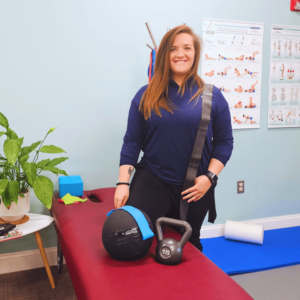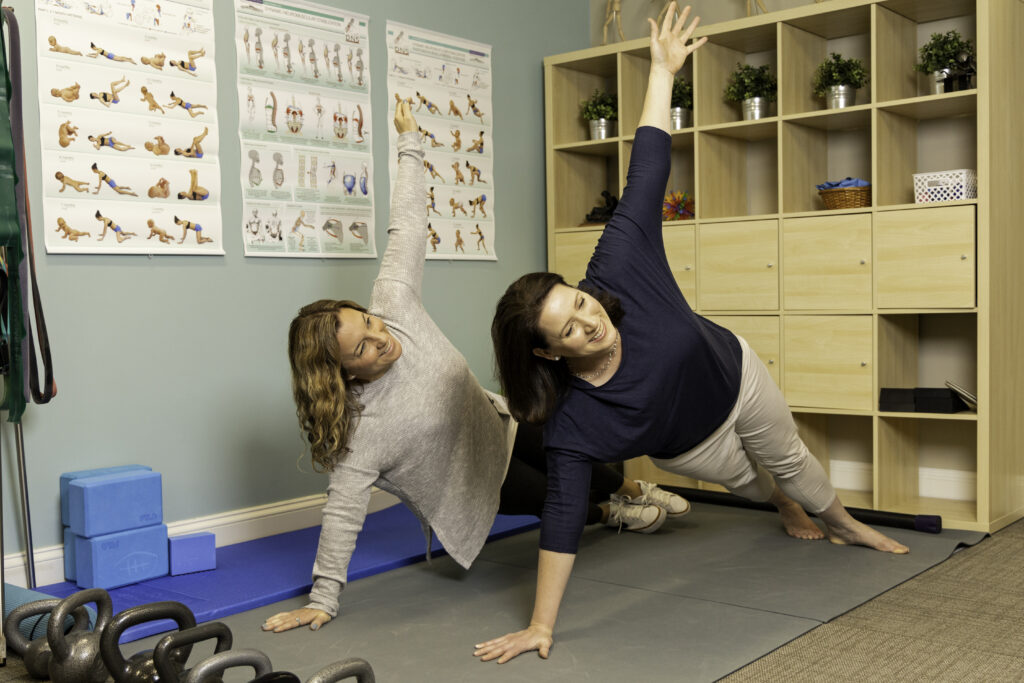At first glance, the term “Good Pain” seems like an oxymoron, like “jumbo shrimp” or “old news.” But the truth is, there is such a thing as good pain, and it’s the type of pain that tells us that our muscles are moving, rebuilding, healing, and strengthening!
But there can be a thin line between the good pain of a rigorous workout and the type of pain that is communicating to your body that something is wrong and needs to be addressed by a trained professional. That’s why it’s essential that you listen to your body and know what it’s trying to communicate by the type of pain you’re experiencing.
What is “Good” Pain?
You’ve probably experienced good pain before, or what doctors, therapists, and chiropractors refer to as “delayed onset muscle soreness” (DOMS). This kind of pain occurs when you’ve challenged the muscles in your body with movement that they aren’t used to. This could include new forms of exercise, a return to exercise after a hiatus, or taking your usual workout routine up a notch. In short, it’s the result of your muscles remodeling themselves to accommodate what you are now asking of them.
Delayed onset muscle soreness gets its name because it is not a pain you feel during or immediately after the muscles have been exercised. DOMS usually shows up a day or two after the activity and presents as mild to moderate soreness in the affected muscles. You may also find that the affected areas are tender to the touch. While it may be uncomfortable and may make you wince from time to time with the movement of those muscles, the soreness goes away within a day or two
This type of pain is actually caused by a micro-trauma in the muscle that occurred due to the activity you engaged in. So why is this “good” pain? Well, it’s a sign that your muscles are doing what your activity has asked them to do: getting strong and building denser tissue so that when this activity occurs again, the muscle can handle it like a pro without returning to another state of soreness.
What is Bad Pain?
Bad pain is another way your body is communicating with you, but in this case, it’s communicating that you’re overdoing it. Your joints, muscles, bones, and all of the other organs that help with movement are living things. If they are worked too much or are used in ways they aren’t prepared for, they can be damaged.
Bad pain can be caused by over-stressing your muscles, by doing too much activity that you’re not prepared for it, or doing the wrong types of movements for extended periods. This type of pain usually happens immediately and is a lot more severe in nature. Bad pain is also more persistent and doesn’t go away on its own after a day or two.
How Can You Tell the Difference?
As stated before, it can be a thin line between what is good and bad pain. Sometimes you can push through to achieve your fitness goals, however, sometimes you shouldn’t in order to avoid further injury.
If you’re wondering how to tell the difference between the pain you should push through or when to take a break, here are a few rules of thumb to go by:
- Good pain comes on gradually and usually after you’ve finished the activity. Meanwhile, bad pain is sudden. You may feel a pull in your muscle right away or you might even hear a pop or crack around your joints.
- Good pain is more general in its location while bad pain is more specific. With the good, you may feel soreness in a larger area, like your whole thigh muscle, but the bad will be localized.
- Good pain can be tolerated easier. In the legs may make you grimace a bit getting in and out of the car, but it’s easy to push through it. However, bad pain is not as endurable and you may find any activity that involves that part of your body intolerable.
Being active and exercising your muscles are essential to maintaining a healthy body. However, you need to be aware of what is good and what needs to be treated by a trained professional.
At Frederick Chiropractic Wellness Center, we can personalize a care plan that is going to help you get past the bad pain without further injury. Book an appointment with us today so you can start feeling better soon.





